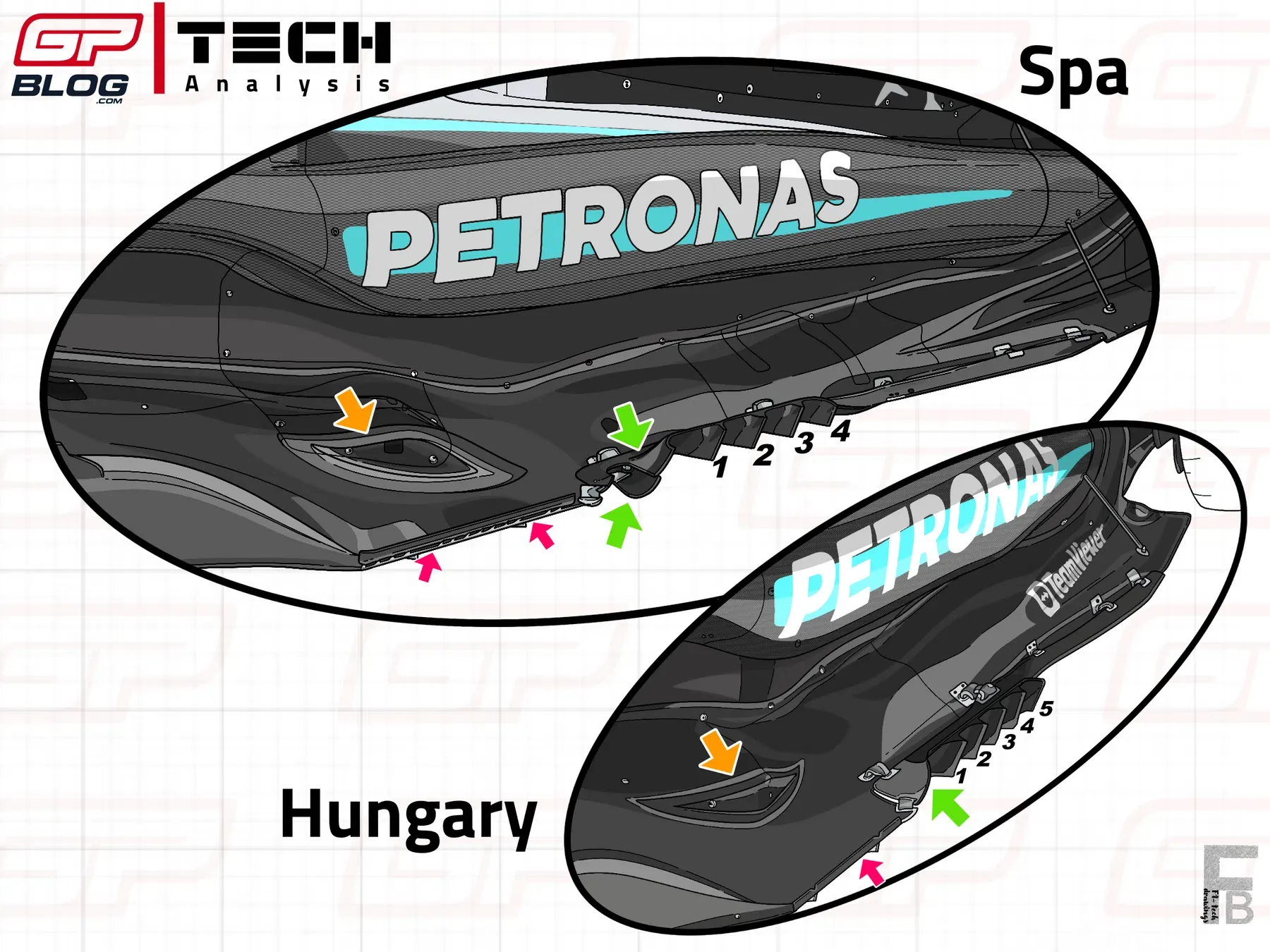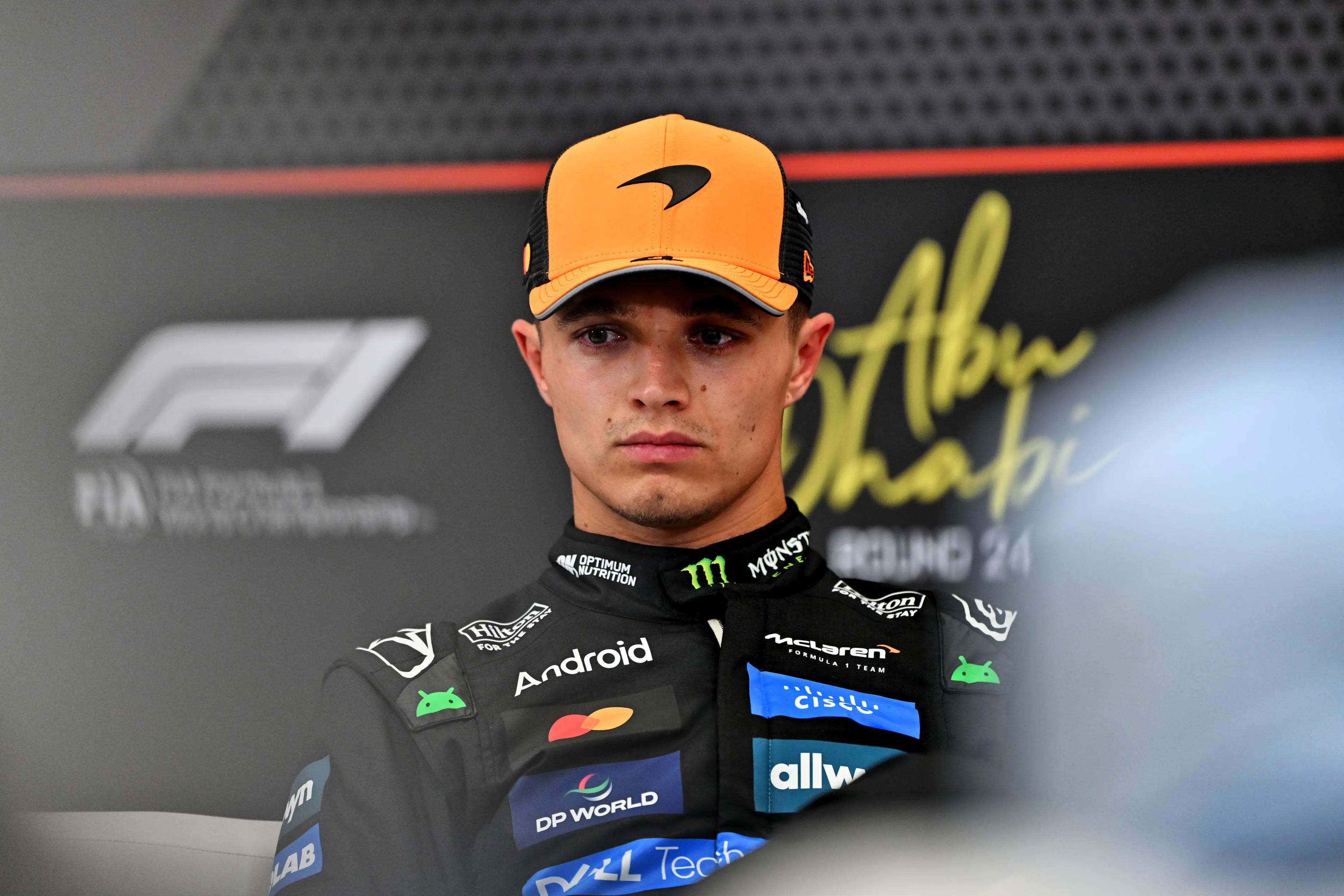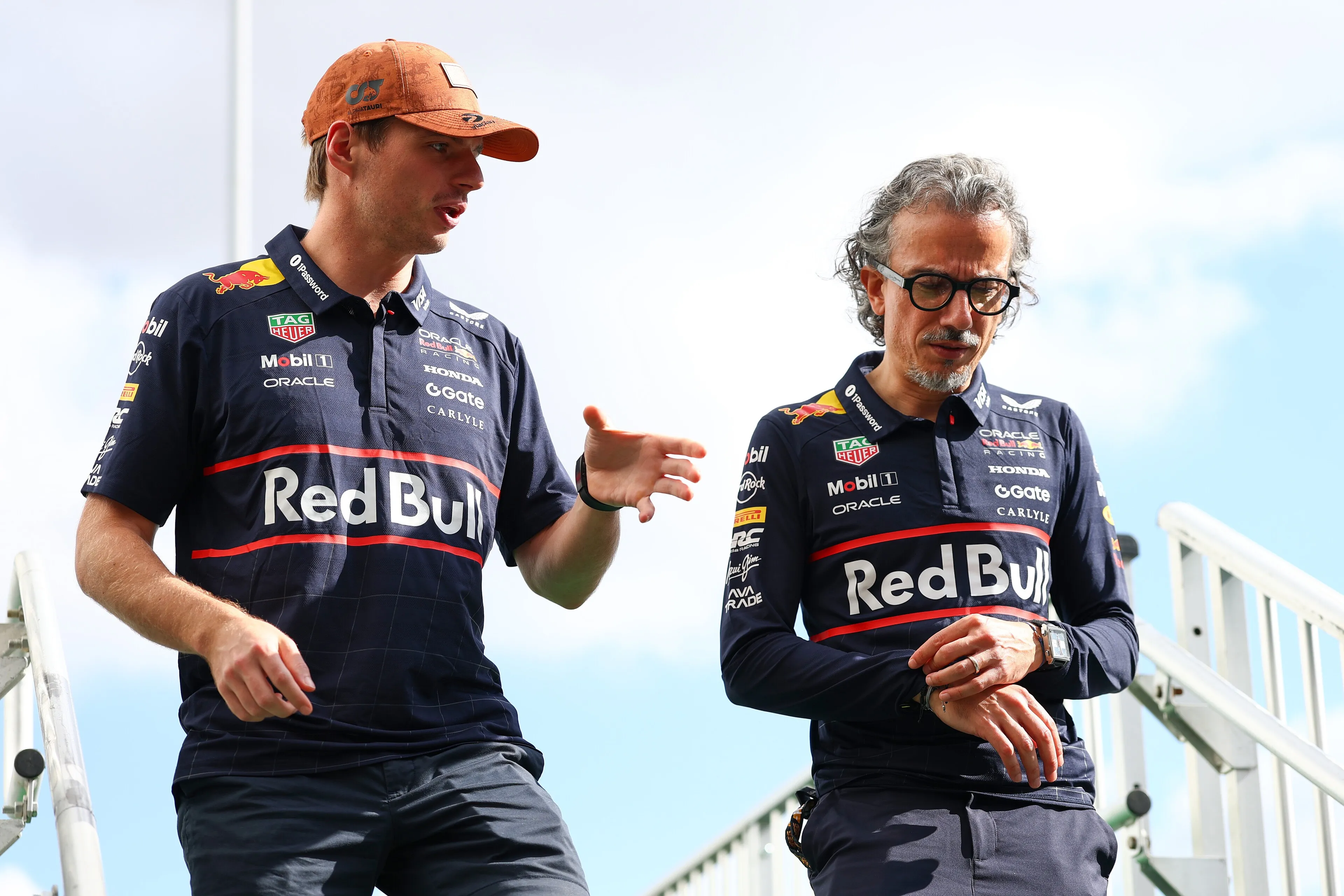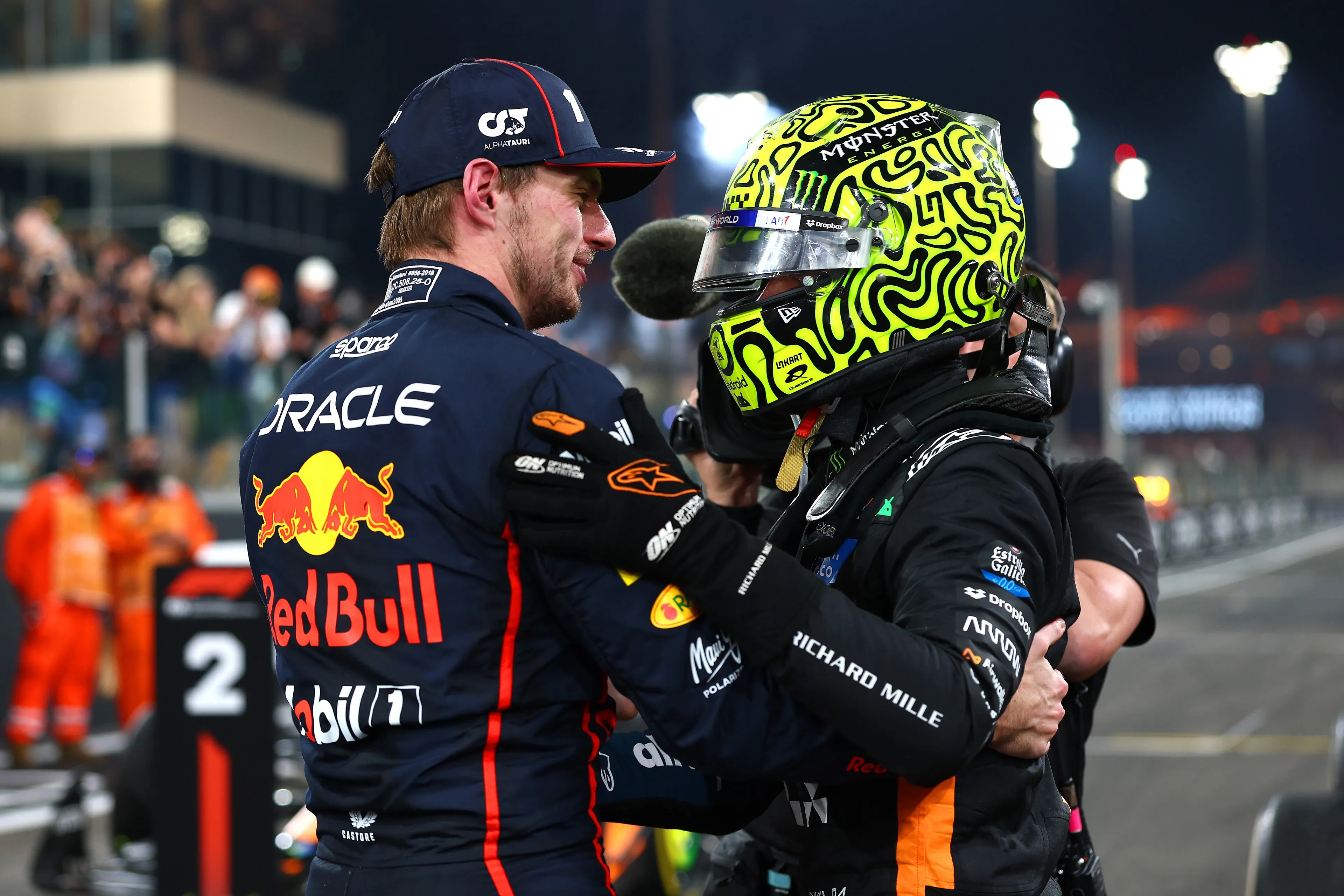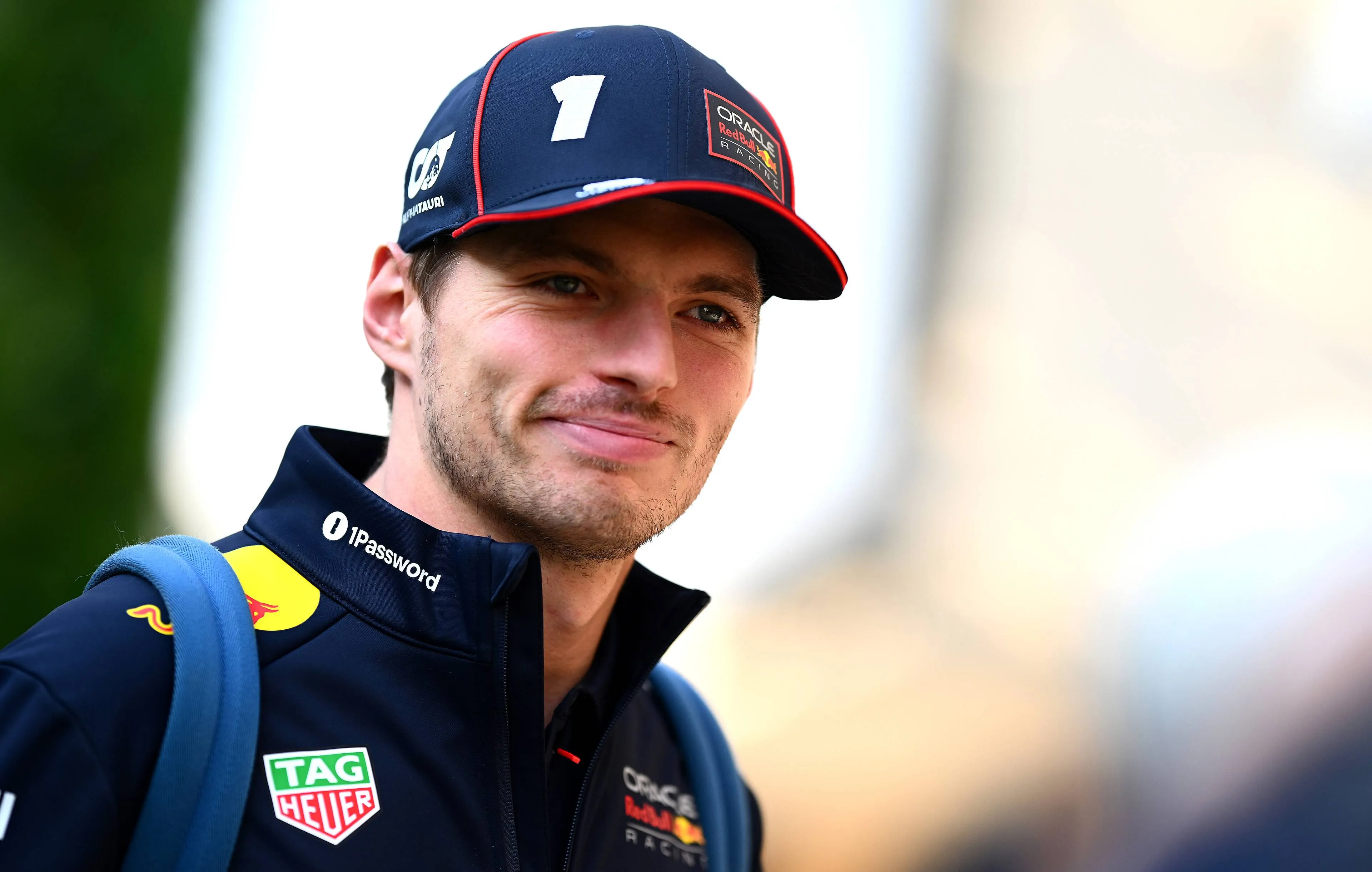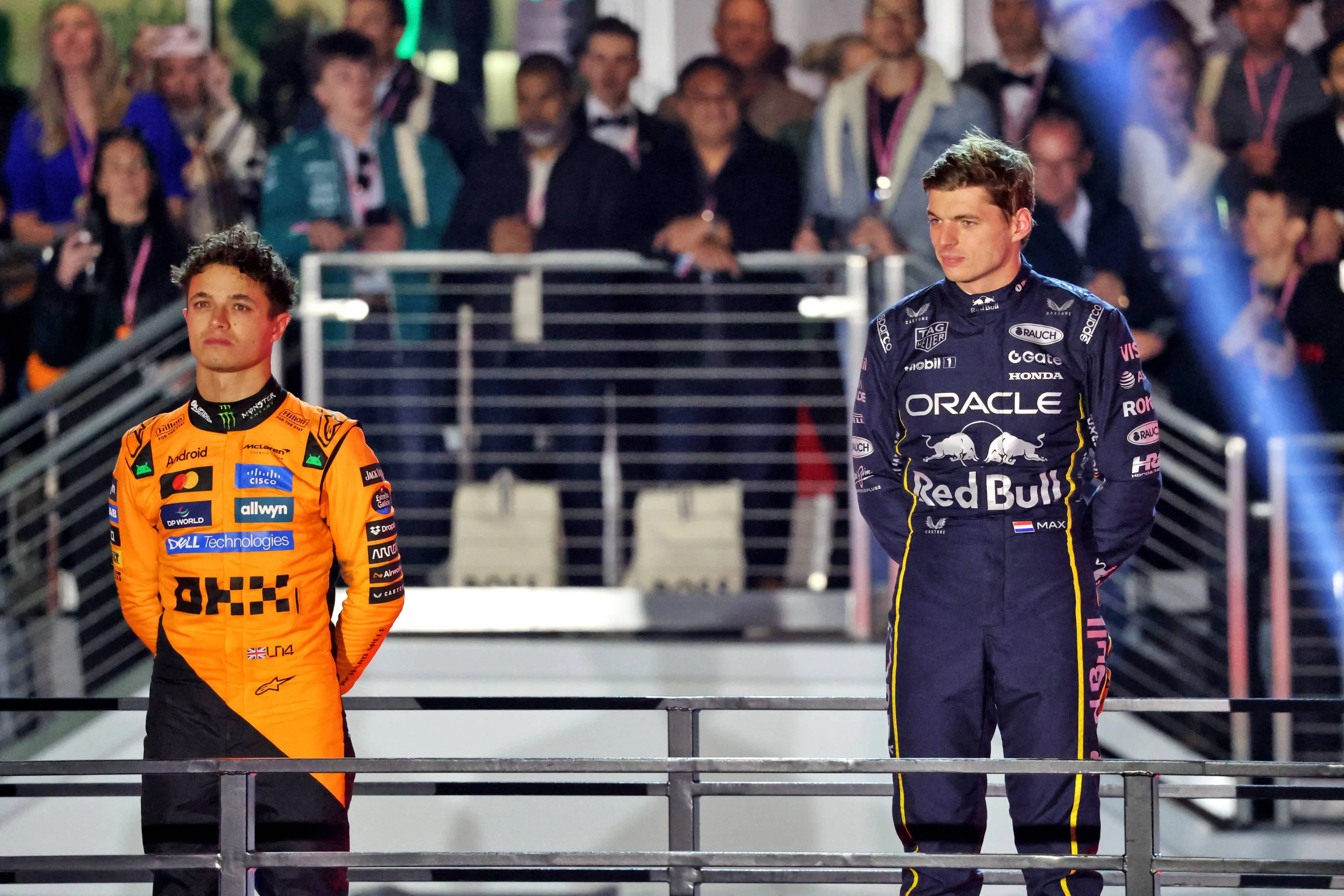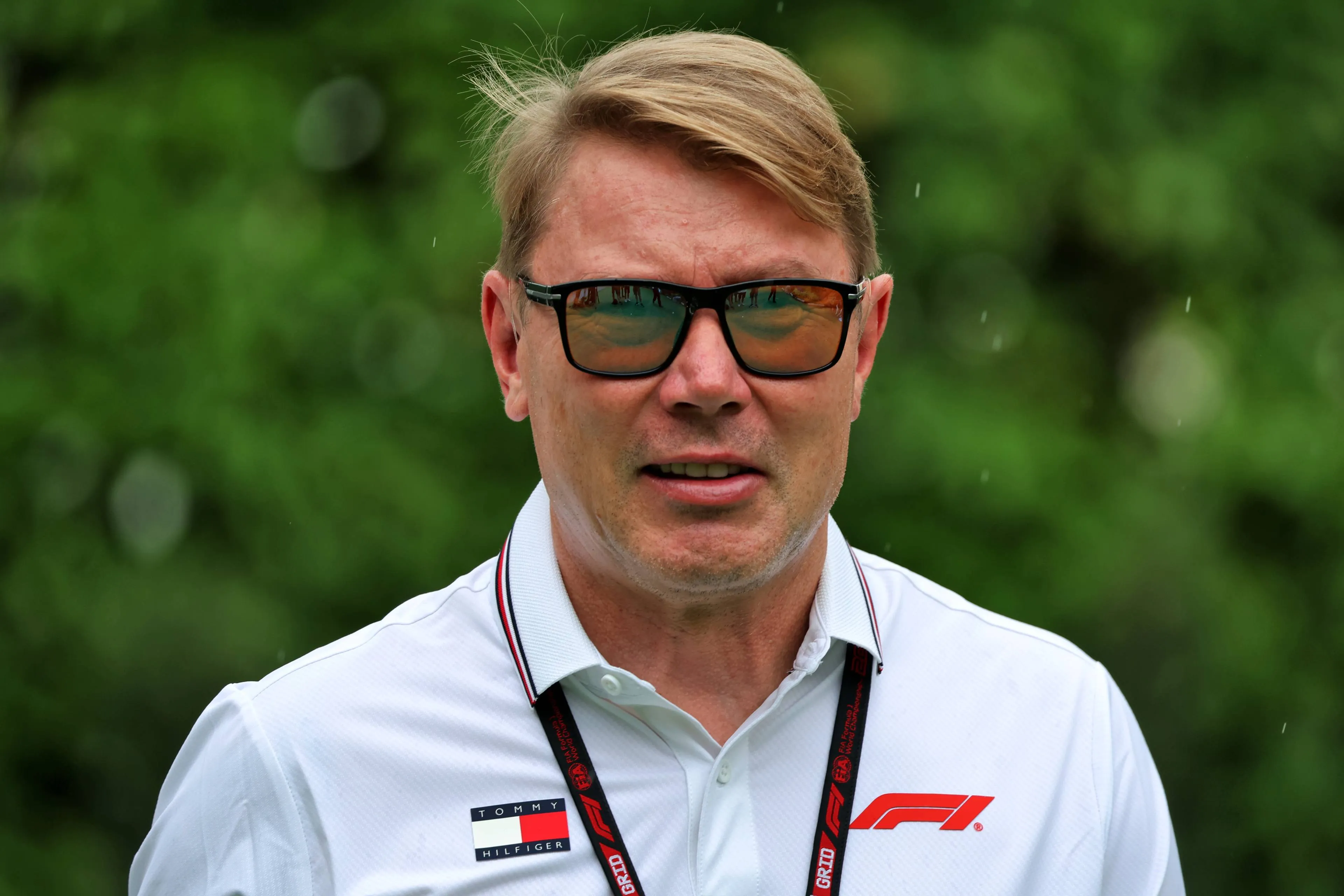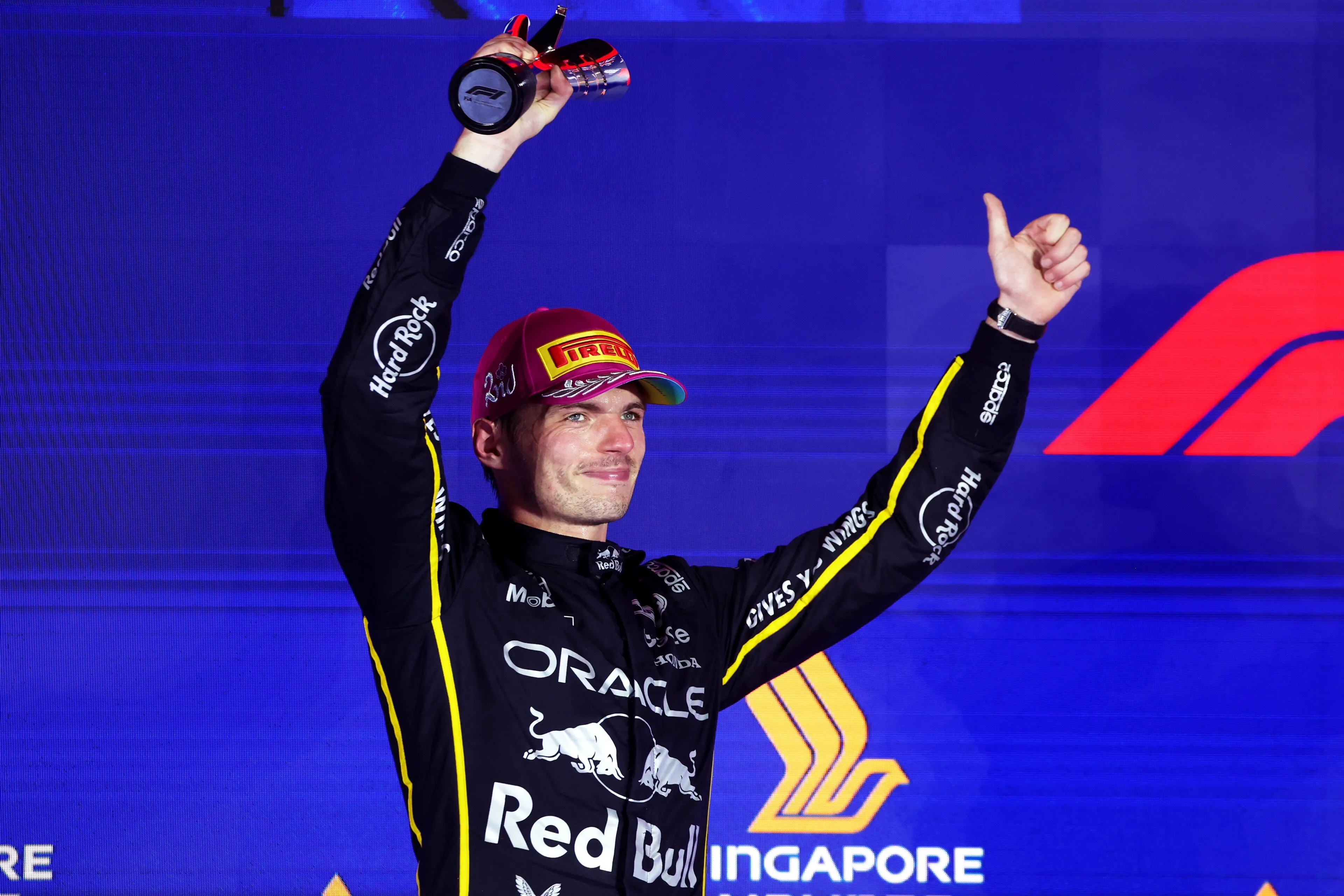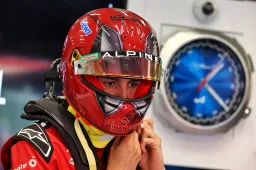Tech Analysis | How a step back on the updates allowed the W15 to win in Spa
08:00, 01 Aug 2024
1 Comments
After a difficult Friday when the updates didn’t work as expected, Mercedes decided to switch back to the old configuration from Saturday morning onwards and went on to win the Belgian Grand Prix on Sunday. This article looks at why the decision was a positive turning point for the Brackley team’s weekend.
After achieving 2 victories in the last three races, Mercedes arrived in Spa with a new upgrade package. This included some major changes to the floor and diffuser and some minor changes (track-specific) to the front wing and the halo.
It was possible to appreciate a floor edge that had a design very similar to the one adopted by Red Bull. The previous version, in fact, was characterised by a raised profile under which five vortex generators were housed. In the new version, however, the vortex generators have become four and two small "fins" have been added (one above the other) at the beginning of the floor edge and are connected directly to the floor by a metal support, with a very similar design to the one adopted on the RB20 (green arrow).
Furthermore, the new floor also showed off a different design of the bulge around the lower SIS, which is now more squared and has a more pronounced step compared to the previous version (orange arrow).

Finally, regarding the diffuser, it was possible to appreciate a big change in the rear ramp, which is now more elaborate and has two additional "slides" placed laterally to the main ramp to improve the extraction of the airflow from under the car and increase the downforce produced by the Venturi channels.
The two carbon profiles placed above the halo disappeared to minimise the drag generated. Furthermore, a small winglet positioned laterally has appeared, with the main function of managing the flows in this area differently especially at high speeds.
All these major changes had the goal of increasing the amount of downforce generated by the Venturi channels to allow the engineers to adopt skinnier rear wings, especially on low downforce circuits. This was confirmed also by Mercedes' Trackside Engineering Director, Andrew Shovlin when asked about this when speaking to GPblog and others: “It’s mainly about more downforce, we're not looking for any different characteristics from it really, it's just that when you're developing, you're not completely in control of what you get, which ride might be effective.”
These words underline a very difficult obstacle a lot of teams are facing right now: when a big upgrade package is brought to the track, it doesn’t always translate straight into performance, but sometimes it even worsens the behaviour of the car in specific conditions. These ground-effect cars are very difficult to correlate from simulations to reality, and it seems like they’ve now reached a mechanical development limit. As experienced by Ferrari, Aston and by the same Mereceds, increasing the amount of downforce generated by the floor and Venturi channels can be extremely helpful to improve the overall performance and to better look after the tyres. But can put too much stress on the mechanical system, with bouncing at high-speeds.
This is exactly what happened to Mercedes when they fitted the new parts on the W15: both during Friday’s FP1 and FP2, the car bounced a lot through Puhon, Blanchimont, and all the high-speed corners. This issue not only made the W15 a lot more unstable and difficult to drive but also caused a big loss of performance.
As underlined by the same Shovlin on Friday night: “We are losing time across the full speed range, rather than in specific corners, and the long run isn't where we need it to be either. Both of those are linked by a lack of balance and grip."
For this reason, the team made a crucial decision for the rest of the weekend: instead of focusing on making the upgrades work as they wanted (with a high risk of compromising the whole weekend), they decided to set the new bits aside and switch back to the old W15 configuration used until the last race in Hungary.
Since Saturday’s FP3 both Hamilton and Russell went back to using the old floor and diffuser, as well as the more conventional halo spec. This choice made the car a lot more “draggy” than before, but seemed to revive the W15 not only in qualifying, when the lower temperatures and the rain helped the Brackley team’s car, but especially during the race, when both Hamilton and Russell had excellent pace in clean air.
Despite the higher temperatures, the W15 was extremely quick in the middle sector thanks to the high level of downforce generated by the Venturi channels and the great mechanical compromise set on the car. This allowed Hamilton and Russell to make the tyres last longer than their competitors and score an unexpected 1-2 (until Russell got disqualified).
The very unexpected performance with higher temperatures on Sunday, however, still highlighted one of the W15’s limits since the beginning of the season: the very tight working window. Even after the new front wing and floor were introduced in Monte Carlo and Miami, the W15 kept being a “diva” on different tracks depending on the weather conditions faced during the weekend.
The car seems to be working extremely well with lower temperatures and on front-limited circuits, while it struggles more on rear-limited circuits and with higher temperatures. "We seem to be putting more temperature in the tyres than the others so we know we need to work on that area," Shovlin said in Spa.
To solve this issue the team have worked a lot on the mechanics of the car (as far as the budget cap allows), with major changes especially to the front suspension in Austria. This change opened up more solutions in terms of set-up and proved to be the right path to follow if the team wanted to effectively improve the W15 performance in different conditions. As underlined before, these ground effect cars seem to have reached a point where aerodynamic upgrades can bring bouncing back and limit the gains, and so it seems to be more useful to invest in the mechanical development and fine-tuning of the car, as it’s where the biggest long-term profit sits, as demonstrated by Mercedes and McLaren (which introduced only one large aero package in Miami, which worked perfectly).
However, “that's not the sort of problem you can fix with a single aero update.” the Trackside Engineering Director told the media and that’s why Mercedes will need a few races and some more changes to make the W15 competitive on all layouts and in all conditions.
For all these reasons, we can’t just help but wait until F1 is back in Zandvoort in three weeks time to have a clearer vision of the situation and understand whether Mercedes will try again the new parts during Friday’s practice sessions to extract more performance or whether they’ll continue working on the current W15 to expand its working window.
Read more about:
Popular on GPBlog

1
Verstappen makes the switch to Mercedes and flies to Portugal
278329 times read

2
Button's 'wish' comes true! Alonso will become father in 2026
7505 times read
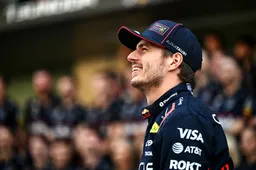
3
Hill: 'Hamilton on his way out, Verstappen is now the F1 grid's target'
7332 times read
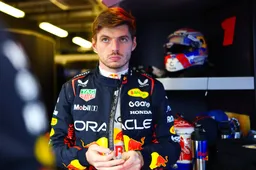
4
Max Verstappen reveals new race number: This is it!
3401 times read
Loading
